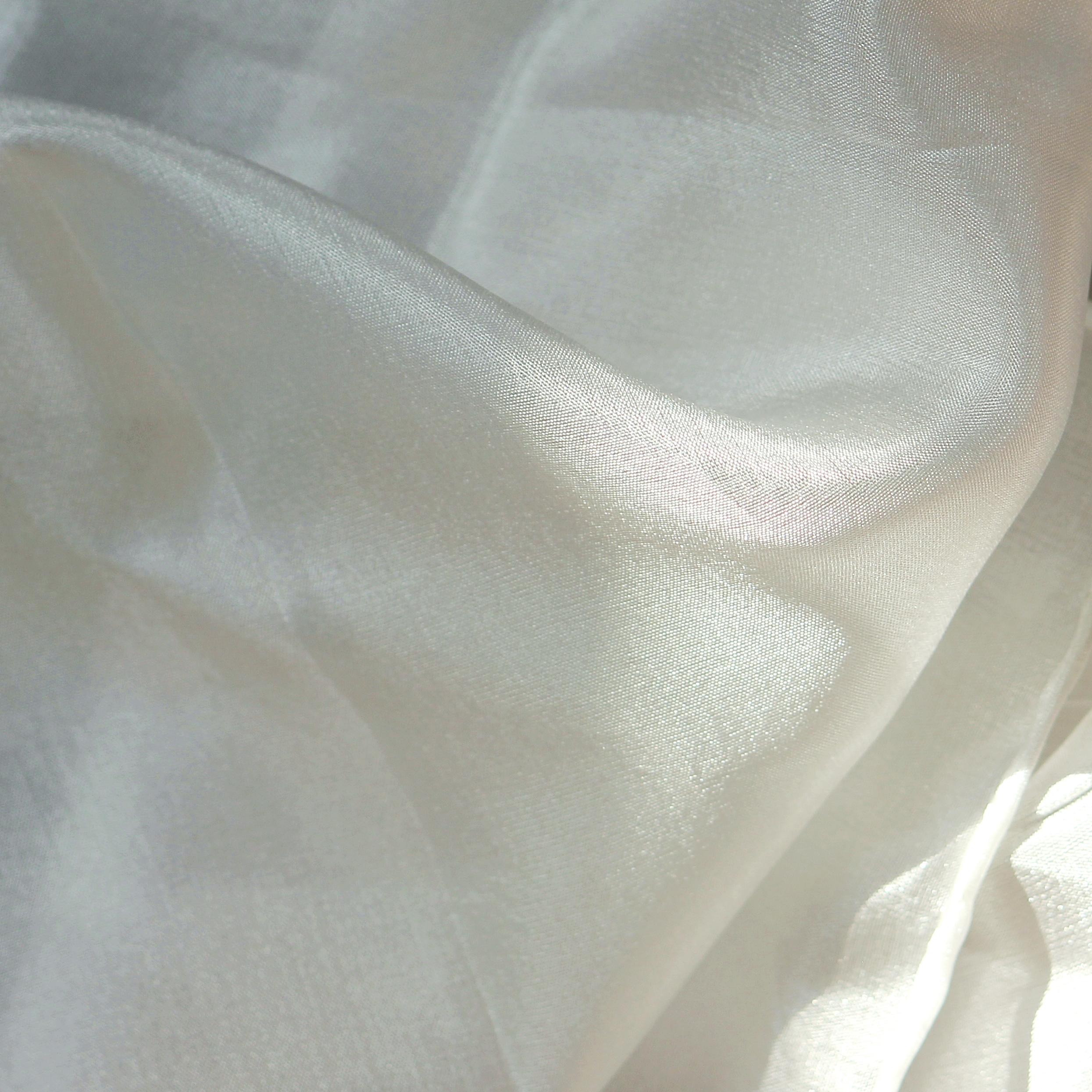When discussing silk, individuals often contemplate its distinctive attributes, which set it apart from other fabrics in the market. One such attribute is its softness, which accentuates the feminine essence of every woman. Adorning oneself with silk may evoke sensations of purity, elegance, gentleness, and femininity. Additionally, silk symbolizes luxury and nobility. Historically, silk was favored by kings, queens, and the upper echelons of society as their garment material of choice. Although societal structures have evolved significantly, silk continues to uphold its status as a refined and sophisticated option.
These notions are commonly entertained whenever silk comes to mind. Nevertheless, when designers or silk entrepreneurs immerse themselves in the industry, they may encounter confusion due to the varied information provided by their raw material suppliers, experts, tailors, and customers. It’s akin to designers and entrepreneurs conducting research and envisioning a venture with silk, only to confront numerous knowledge barriers that impede progress and hinder goal attainment.
Well, if you are in that situation, this post will give you a useful insight.
Below are the 10 essential things you need to know about silk in order to “know it”.
1 Silk is NOT the name of the fabric.
Indeed, it may seem somewhat peculiar, but “silk” is not the specific name of the fabric itself. For an entrepreneur embarking on a brief excursion to source reliable suppliers, inquiring, “Do you have silk?” may yield a variety of fabrics that do not align with one’s expectations, or worse, result in suppliers misunderstanding the request entirely.
Silk is a term referring to a material composed of natural fibers produced by insects, and in some cases, certain plants. Various insects, including spiders, are capable of producing silk. Traditionally, silk used for textiles is obtained from the cocoon of a wild moth caterpillar, specifically the Bombyx mandarina species, known as wild silk. However, due to fluctuations in the quality and quantity of this wild caterpillar’s cocoon harvest, people began cultivating silkworms, specifically the Bombyx mori species, to ensure more consistent outcomes. Among silkworms, the most esteemed is the mulberry silkworm, named for its diet of mulberry leaves. Although silkworms can consume other types of leaves and produce alternative silk varieties, none match the quality of mulberry silk. Therefore, it is essential to understand that silk denotes the material itself, composed of natural fibers produced by insects, rather than a specific fabric type.
2 Silk thread isn’t round. It’s triangular.
It may seem peculiar at first, but there’s a rationale behind it all. Have you ever wondered why fabrics made of silk often possess a shiny appearance? This is because silk threads are not perfectly round; rather, they are triangular with rounded corners, enabling them to effectively reflect light.
This unique physical property renders silk a distinctive fiber that synthetic counterparts cannot replicate, despite attempts to achieve a similar shine. The light reflection from silk is notably softer and more varied, depending on the angle of incidence. This characteristic serves as a significant advantage when asserting the superior quality of silk fabric over synthetic alternatives. Additionally, silk boasts a smooth texture without being slippery, further distinguishing it from fabrics made of synthetic fibers.
3 Fabric made of silk is especially good for your skin.
Did you know that our skin is in direct contact with fabric for over 90% of our time? It may seem like a minor detail to consider, as wearing clothes is as routine as eating, drinking, and breathing. Often, amidst our skincare routines and spa visits, we overlook the fact that textiles play a significant role in influencing the health of our skin, whether it’s clothing or bedding.
Considering that we must dress and sleep regardless, why not opt for the best materials that benefit our skin during these activities? This is where fabrics made of silk emerge as the most promising choice. Silk is an organic fiber that doesn’t irritate the skin. Its natural smoothness reduces the likelihood of friction, which can lead to wrinkles. Additionally, friction increases moisture production by the skin, leading to unnatural dehydration. With silk, this concern is mitigated, allowing the skin to hydrate naturally while covered.
————————
That concludes our discussion. There exists a wealth of information about silk spanning historical and physical aspects, awaiting your exploration. Yet, with these three fundamental aspects in mind, you can confidently claim to possess a foundational understanding of silk. In our forthcoming article, we will delve into various types of silk fabric commonly utilized in fashion.

